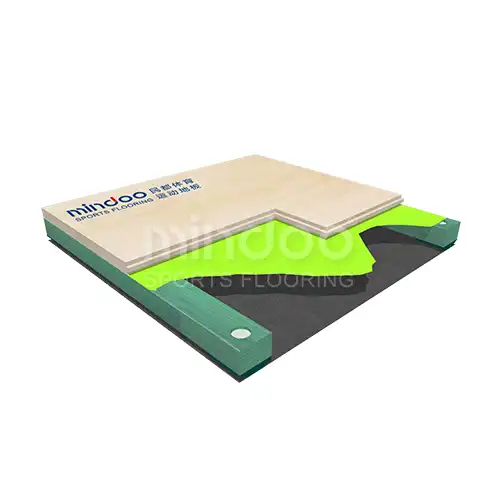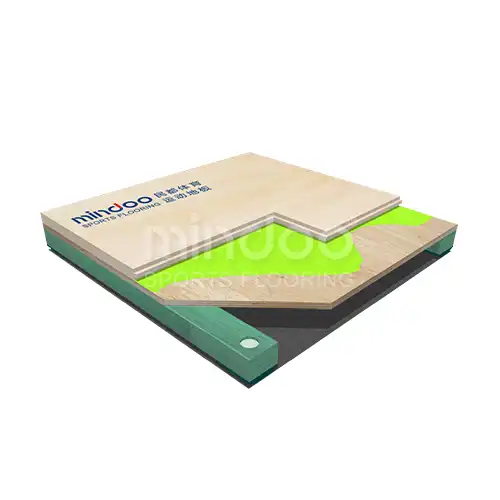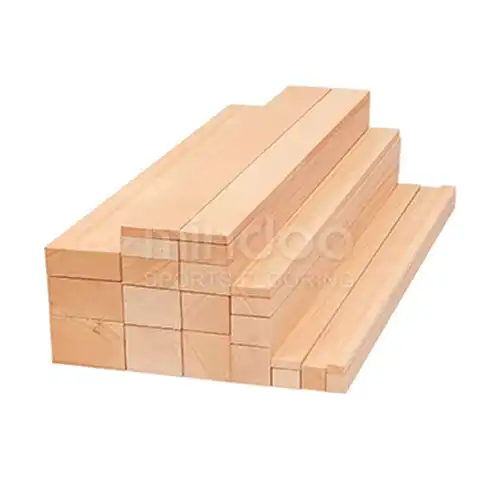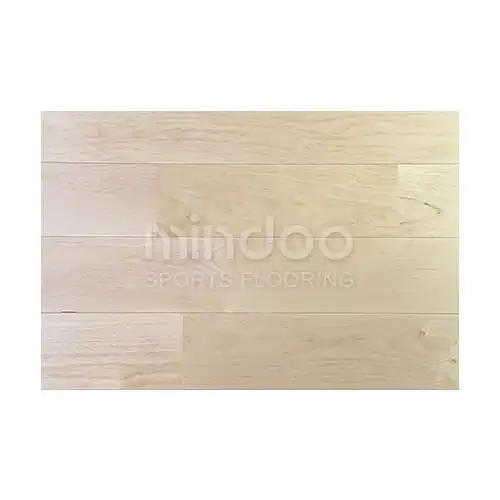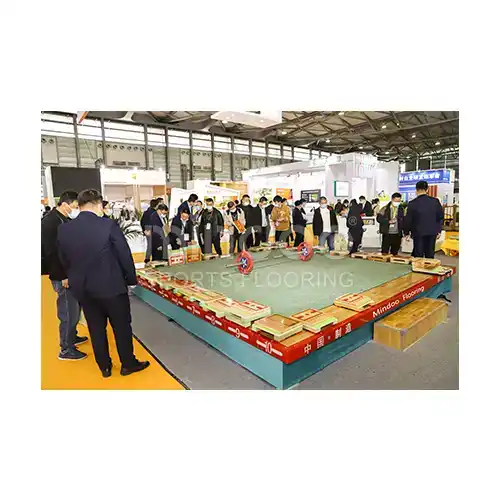Conclusion: Do Knots Affect the Performance of Hardwood Sports Flooring?Introduction: Knots and Sports Flooring
In the production of hardwood sports flooring, natural features such as wood grain and imperfections, particularly knots, often become focal points of concern. While knots are sometimes seen as detractors from the aesthetic and performance quality of the floor, the real question is whether they significantly affect the functionality of hardwood sports flooring. Let’s explore this topic and provide a clear, practical answer.
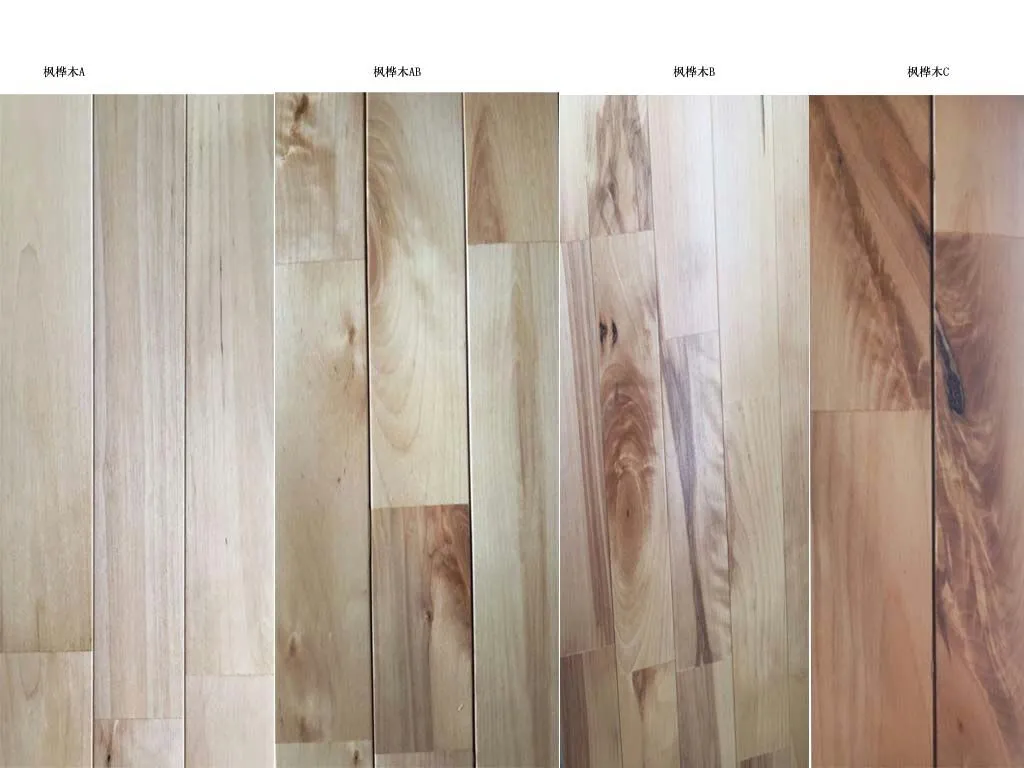
1. Formation and Characteristics of Knots
Knots are natural imperfections in wood, usually formed when the tree experiences injury or infection during its growth. These knots are often visible, creating color contrasts and varying grain patterns that may impact the smoothness and overall appearance of the wood. While they are natural, not every knot has a detrimental effect on the performance of the floor.
2. Potential Impact of Knots on Hardwood Sports Flooring Performance
For hardwood sports flooring, performance demands not only include durability, elasticity, and stability, but also the safety of players during prolonged use. The impact of knots on these aspects can be seen in the following ways:
Structural Stability: Large knots, especially those located in the load-bearing parts of the wood, may compromise the overall structural stability of the flooring and can even cause cracking. In environments with frequent movement and impact, such as sports halls, knots might exacerbate damage over time.

Wear Resistance: Knots may cause uneven surfaces, leading to accelerated wear in certain areas of the floor. This can impact the smoothness and comfort of play, potentially causing discomfort or affecting the sliding performance of athletes.
Safety: If not properly managed, knots may lead to rough or uneven floor surfaces, increasing the risk of trips and falls. This is especially crucial in high-intensity sports, where surface quality plays a significant role in player safety.
3. How to Effectively Address Knot Issues
While knots can indeed impact the performance of hardwood sports flooring, the issue can be effectively managed through careful selection and manufacturing processes.
Selective Material Sourcing: By carefully selecting wood materials, the more severe knots can be avoided in the production phase. Modern wood inspection technology allows for precise identification of knots, ensuring better material choices.
Processing and Treatment: Through meticulous processing and treatment, the impact of knots on performance can be minimized. For instance, high-quality coatings and reinforcement treatments can smooth over knot areas, enhancing durability and structural stability.
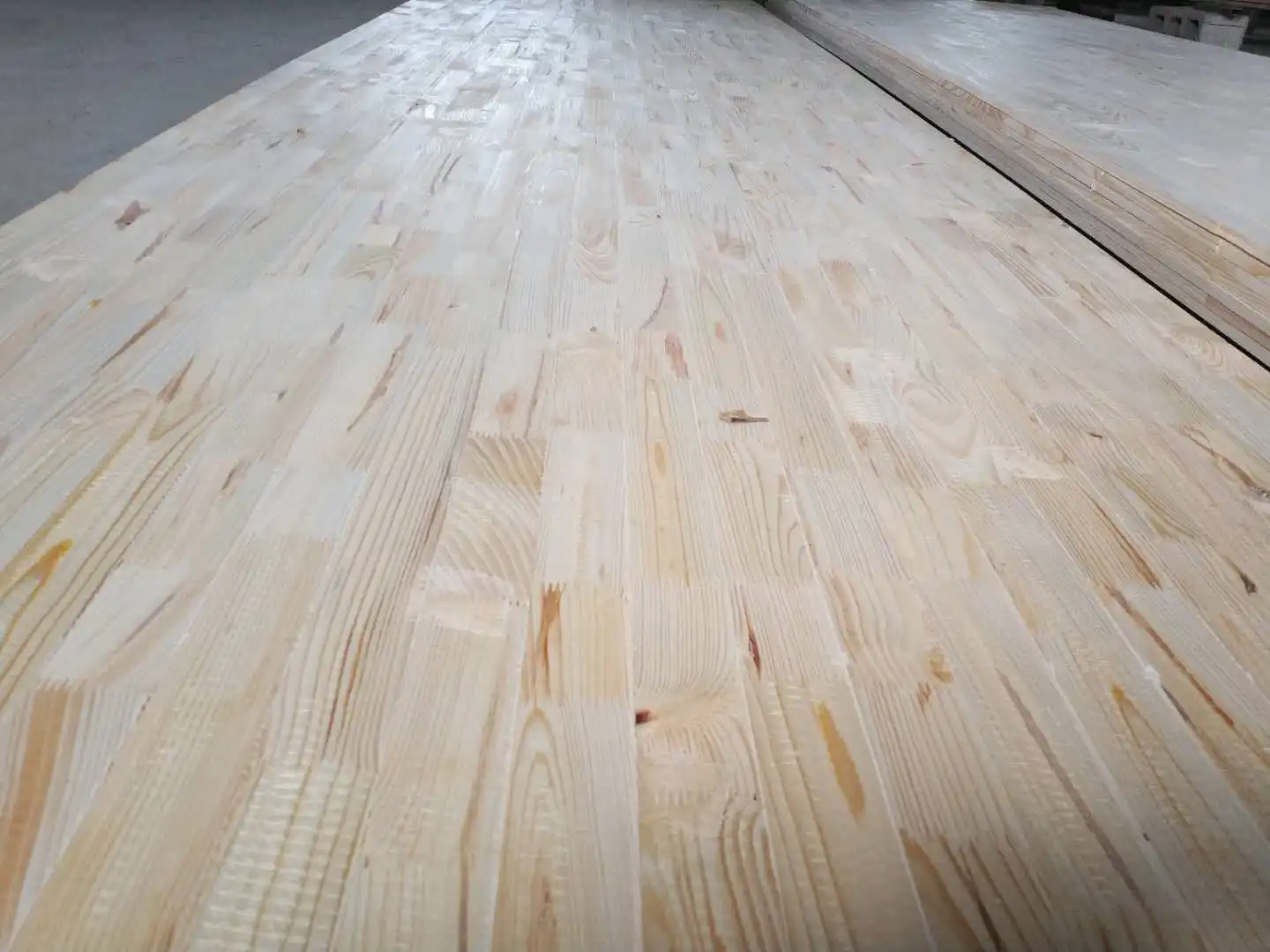
Regular Maintenance: For installed sports flooring, regular maintenance and inspection are crucial. Addressing knot issues promptly can prevent localized wear or cracking, prolonging the life and functionality of the flooring.
4. Knots Do Not Equate to Compromised Performance
While knots are a natural imperfection in hardwood, they do not necessarily equate to compromised performance. With careful selection, advanced processing techniques, and regular maintenance, the impact of knots can be minimized or even eliminated. For sports facilities prioritizing high quality and performance, understanding and managing knot-related issues is key to achieving a durable and reliable hardwood sports floor.
